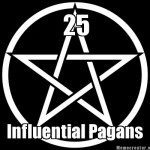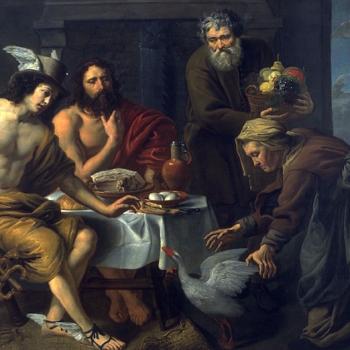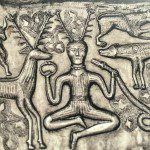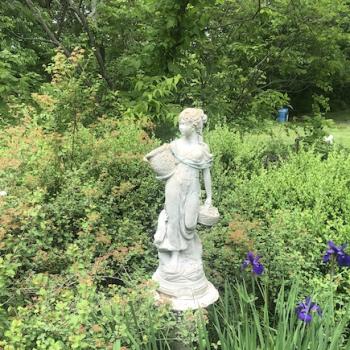EGGS & BUNNIES
While I think that there’s a clear link to Jesus and the gods of pagan antiquity and that Eostre was probably a real goddess, the other trappings of Easter, the egg and the bunny, are far more problematic. I’ve been conditioned to always think of them as ancient pagan practices, but researching this article has brought up more questions than answers in that regard. I can say with certainty that eggs as a symbol of fertility and rebirth have a long pedigree, but they were also very common items whose symbolism and role certainly could have changed and evolved over time.
In the Greek Orphic tradition the god Phanes was said to have hatched from a “world egg,” illustrating that the Ancient Greeks believed in the egg as a symbol of rebirth and new life. A direct link to Easter Eggs and Pagan Rome can be found in a legend surrounding the Roman Emperor Marcus Aurelius. The day when Marcus was born his mother’s red hen is said to have laid an egg spotted with red. That speckled egg was seen as a sign that young Marcus would become a great Emperor. When Marcus eventually assumed the throne colored eggs began to be passed around throughout the Empire as a symbol of congratulations (2). Later Christians adopted the custom. It’s hard to say with any certainty if that Marcus Aurelius legend is the origin of the Easter Egg, as it’s likely that eggs were being passed around before Marcus assumed the throne.
While colored eggs were shared in the Ancient World, there’s no continuous history linking the colored egg of pagandom to the Easter Egg. Eggs were relatively common in the Middle Ages, and an important source of nutrition in a society where meat was a rare treat. Monks and priests were often given “presents” (payment) on important Christian holidays, with Easter being one of those. Eggs were a common gift, and they were often given to priests in baskets. In Russia it was common for priests (and later, members of the nobility) to give out eggs as gift, especially around Easter. Eventually the eggs that were passed out were elaborately decorated, and the custom spread throughout the country. Eggs were also generally banned during the period of Lent, so people sometimes would decorate them as they waited on their Easter feast and the return to eating eggs.

Eggs were also begged for by children in Great Britain during the Seventeenth Century. Before important holidays it was common for the poor to “trick or treat” for food, and at Easter children begged for eggs. (3) It doesn’t take a whole lot of imagination to picture poor children begging for eggs to put in a basket transforming into the modern Easter basket full of sacred goodies like waxy chocolate bunnies and stale jelly beans.
Rabbits have been associated with fertility from pagan times into the present. (I have friends who like to say “they go at it like rabbits” when discussing the sexual habits of others.) It seems likely that the Easter Bunny is an ancient pagan tradition (though the association of the bunny with the myth-less Eostra is most certainly a modern invention), but the first references to the Easter Bunny only date back to the 1500′s. That doesn’t mean the Easter Bunny didn’t exist before those first references to the Germanic Oschter Haws (or Osterhase), it just can’t be documented.
There’s a part of me that believes human beings have a natural tendency to venerate “Pagan things,” and tend to be drawn to things in the natural world that correlate to what is going on in their own environments. Venerating a rabbit in April during the Earth’s annual period of rebirth makes complete sense. That doesn’t mean it’s pagan in the sense that people worshipped a rabbit in the year 100, but it’s Pagan in the sense that it taps into the natural rhythms of the Earth. It’s also possible that now forgotten myths transformed into now lost folk tales and then into the egg laying rabbit we now call the Easter Bunny.
I think what’s most important at this time of year is how we see things in the present day. If the Easter (or Ostara Bunny) speaks to a family all the better! Jesus may not be an ancient pagan god in the traditional sense, but his myth was most certainly influenced by those very same gods. And I can tell you from experience that there’s a very real presence behind the goddess Eostre. Blessed Ostara and if you celebrate it, Happy Easter.
1. “The Stations of the Sun” by Ronald Hutton. Oxford University Press, 1996. Page 180
2. “An Egg at Easter” by Venetia Newall. Indiana University Press, 1971. Page 268
3. “The Stations of the Sun,” Hutton pg. 198

















